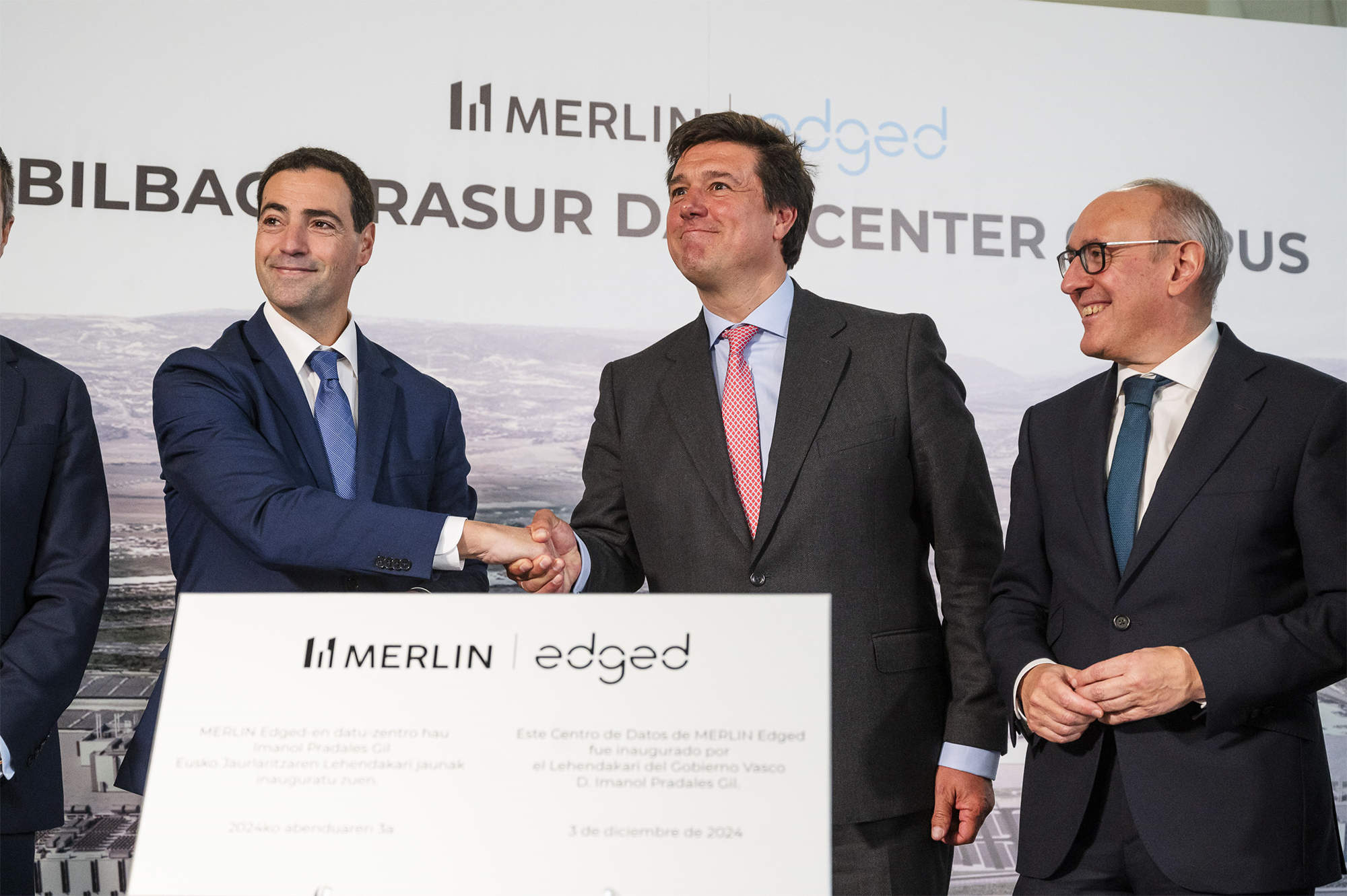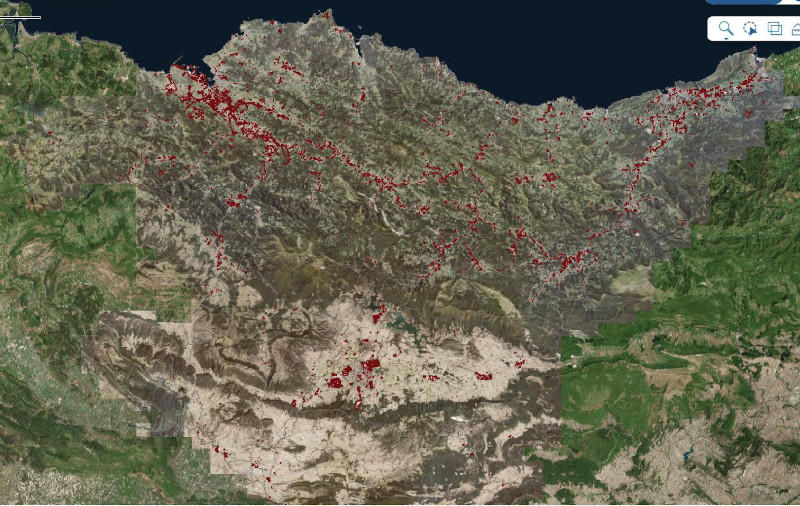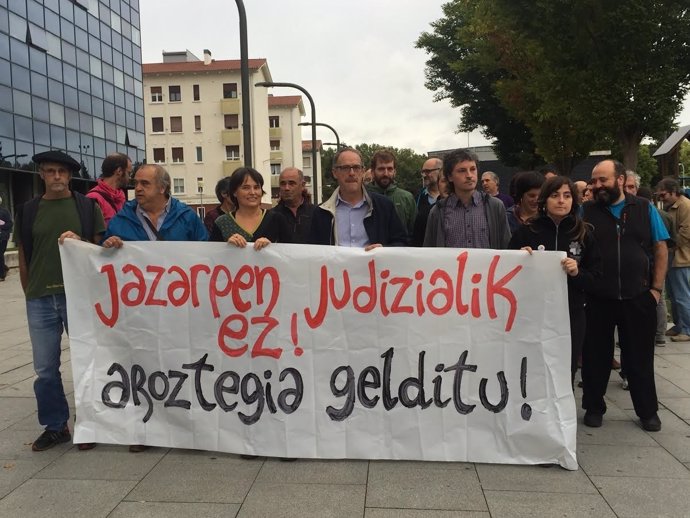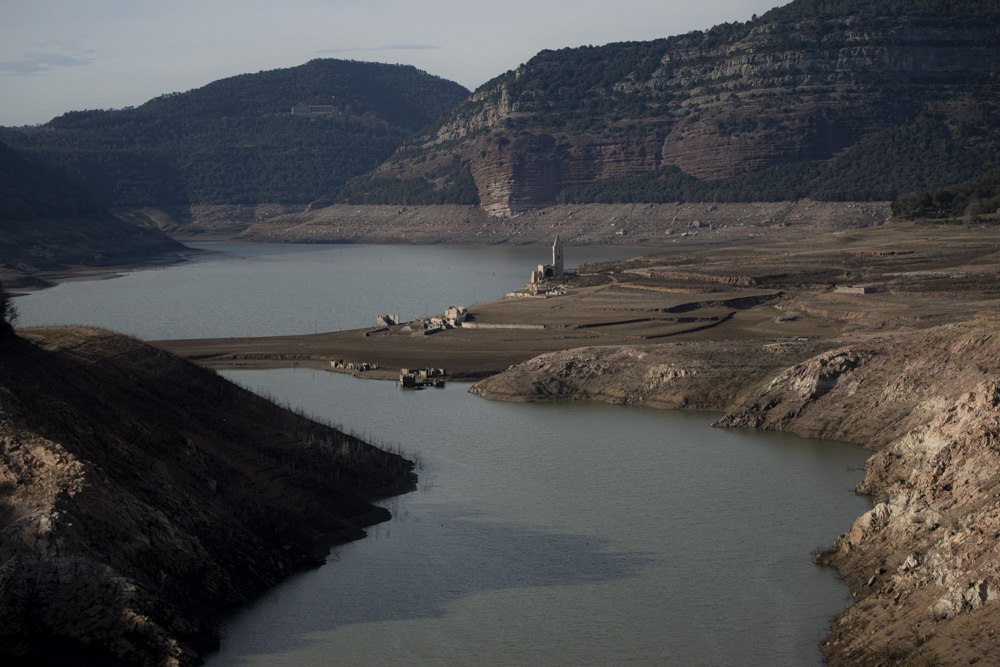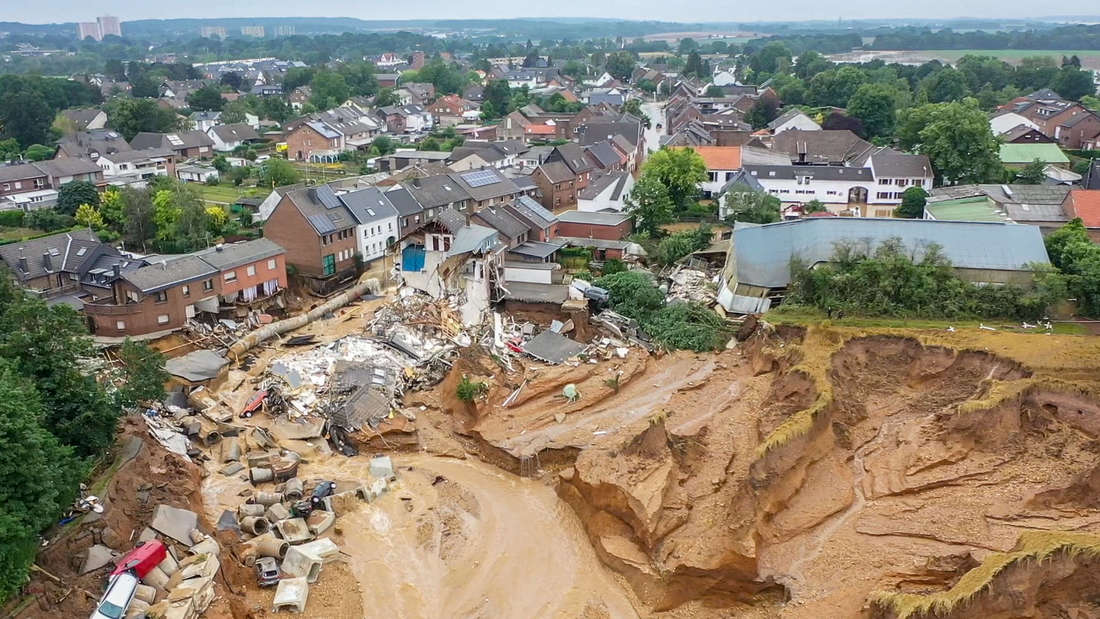"If you collect the water in the reservoirs, you lose control."
- What brings the water, the water flows… if you don’t pick it up in a giant swamp to do a lot of business.
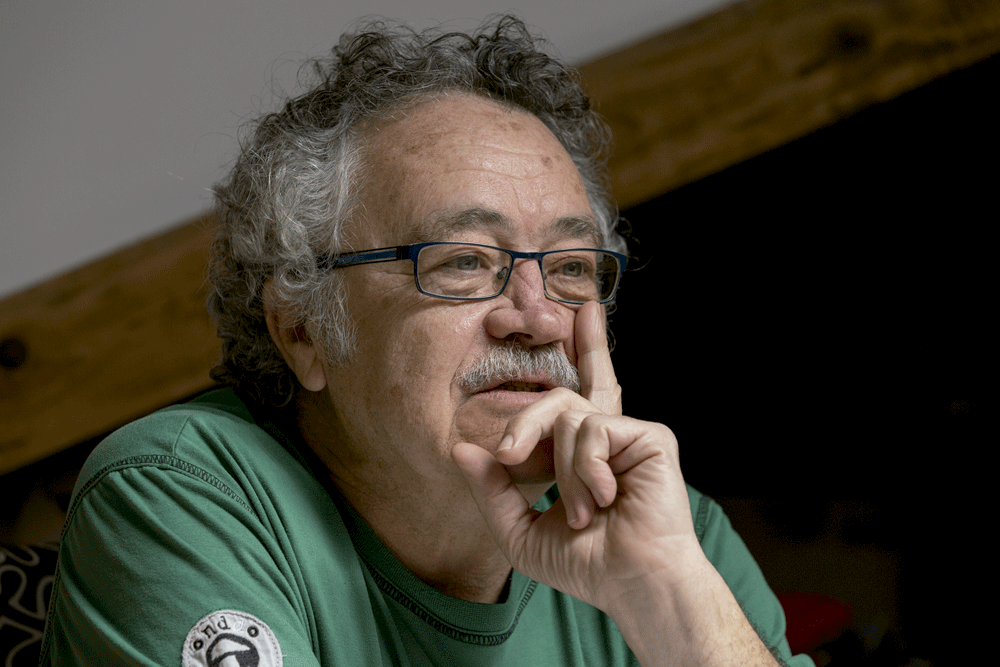
Ingeniari kimikoa. Erdialdeko Amerikan hamar urtez ibili zen errefuxiatuekin eta ingurumen proiektuetan lanean. Nueva Cultura del Agua fundazioko eta Nafarroako Urbizi plataformako kidea da. Ura eta baliabide naturalen kudeaketan eskarmentu handiko aditua. Itoizko urtegiaren aurkako txostenaren egilea da. Itoitz eta Esako urtegiaren handitzearen aurka eginiko lanagatik Coagret saria eman zioten 2014an.
Were you one of those “university boys from Barcelona” by Gabriel Aresti?
I still remember that poem, in Spanish. I studied at the Instituto de Química de Sarriá in Barcelona during the last years of the Franco regime. It was a very interesting time. I approached politics in two ways: on the one hand I met the anarcho-Christians and on the other Nationalists, through Joxemi Zumalabe. We were very friendly. He was my first Euskera professor. He brought us Aresti's poems and we learned them by heart. We moved in the Basque atmosphere of Barcelona and in the student commissions. At the end of the studies I came to Pamplona and went down the communist road to EMK. At that time, in the last years of Franco, I participated in the first environmental movements. I also set out to work in this field, in energy studies and in waste management plans.
Soon you went to Central America. Why?
At the end of the 1980s, I went to Nicaragua to draw up a waste plan and implement water programmes contracted by the Spanish Agency. We did a great job with the people there, but in 1990, when the Sandinistas lost the election, I preferred to leave and I went to Guatemala.
What?
I spent three years working on my own with the refugees from Guatemala who were in Chiapas, preparing for their return. I worked there with Rigoberta Mentxu before I received the Nobel. We had a very good relationship. At the end of the savings I returned to Pamplona in 1993 and made a report on the swamp of Itoiz.
“There are those who think that the more water we have, the more water we have, and that’s not true. If you collect more than you need for life, you quickly get those who want to get that water and the concessions. Public assets are privatized and these concessions cannot be removed afterwards.”
And then back to America?
The truth is, I was very bored, but I was lucky and I got the call from the Doctors of the World to return to work in America on the return of refugees. I traveled all over Central America, especially in Chiapas, Nicaragua and Salvador.
When did you return to the Basque Country?
1998 My partner, journalist PILI Yoldi, had to come to the UPV to do a work on development and we decided to come back. Our eldest daughter was born in Plentzia, but soon we went to Portugal because the Doctors of the World wanted to start the organization there and needed help. We were there for two years, working with doctors and nurses there, very good people, and we created a strong donor network. After starting the programmes we decided to return to Pamplona. Our son was born with a disability and we thought it would be better to go home.
I started working at the public company Environmental Resource Center of Navarra and there I've been until I retired last year.
It belongs to the Ura-Nueva Cultura del Agua group. What is this group?
It is a very interesting organization operating on the Peninsula, composed especially of experts from the academy. It was created with the idea of giving technical support to popular movements based on the idea of sustainable water management. When we did the report on the Itoiz dam we had the help of them. I walked in when I came back from America and now I'm on the management team, but for a short time, because we have to give way to young people. In contact with them we create the Ura platform here, but now we will make the change and from now on we will have the name Urbizi.
In addition to the name will nature change?
In this new stage we want to organize a network. The objective is for the groups working around water in the districts to take a leading role in the commission: We want the neighbours of Sangüesa who oppose the Yesa reservoir, those of Ancín and Egaibar, the historians of Puente la Reina, the activists of Lerín, Cárcar and Miranda de Arga, the farmers of Olite, Mendigorría and other peoples, as well as the groups of Ribera, Baztan and Sakana.
Are the main demands on water against the large reservoirs of Itoiz and Yesa?
These reservoirs have been made and are being done with great barbarity. Two members of the Fundación Nueva Cultura del Agua, economist José Manuel Naredo and professor of La Laguna Federico Aguilera Klink, published a very interesting book on megaprojects. They define them as “the story of the dairy”. The same arguments are always used in the presentation of any megaproject, whether it be the TAV, motorways, reservoirs or airports. Among other things, they created 8,000 jobs in Itoiz, established two or three thousand farmers, attracted tourism to Aoiz and Artzibar, developed the industry and also ensured the ecological supply of water. They always show disproportionate numbers, and then you see that reality is half of that half.

It also says that they underline the need for these projects.
Inflate or correct orders: In Pamplona they said that Itoitz is very necessary, for example, since in 2000 we would consume 50 hm3 of water. And it's not like this. In 2015, we spent 33.2 hm3, like 30 years ago, although we now have about 350,000 inhabitants, 50,000 more than then. Continuing with this strategy, as demand increases, they have very low costs, and in the end it is always much more expensive than has been said. If the real need is half of half, the price is double.
In all cases, they present the project as something “essential” and “out of discussion”. They always say that it is “strategic” and “of general interest” and, having said that, they deny democracy to decide. It cannot be debated freely.
Does the County of Pamplona need no water from Itoiz?
It was said that the county of Pamplona would consume 20 hm3 a year from Itoiz and consume two. In addition, it is paying a huge fee of EUR 1 million, with hardly any water consumption. It's enough water from Arteta and Eugi. Without drowning water, we could stop in August for several days without watering the gardens. That would be the most serious thing. Without seeking alternative, it has been decided to take the water from Itoiz.
Didn't the peasants wait impatiently for water?
In the first phase of the channel, a lot of people came in, because there were two options: entry or expropriation. Some of them have not yet installed the piping system on the farms and others have not used the canal water because they do not need to do so.
In the second phase we will see how many of those who want to take water from the canal. At first they were talking about 20,000 hectares, now 15,000 or 10,000, but we think only 5,000 or 6,000 hectares will come in. INTIA (Instituto Navarro de Tecnología e Infrastructure Agroalimentaria) is working and will present a report to farmers explaining all the possibilities and prices. They will also explain and decide on other options besides the channel. It is a very good report and it is all very well to give all the information.
So who and what does the reservoirs need for?
In the past, these were infrastructures of general interest, since a large part of the population lived in agriculture, but today the large reservoirs benefit the construction companies and those who want to do business with water in the future. Water markets will be very important in the future.
Collecting water and then selling it to other communities?
Yes. At the state level, the PSOE prepared with Borrel a gigantic network of water from one river to another that Zapatero once again turned upside down. However, they go ahead and it is the big companies Acciona, Caixa, Agbar OHL… that are willing to do business. We believe that water is in the river better than anywhere else. There are those who think that the more water we have, the more water we have, and it's not true. If you collect more than you need for life, you quickly get those who want to get that water and the concessions. Public assets are privatised and these concessions cannot be withdrawn subsequently. One example: The Environmental Minister, Yolanda Barcina, authorized the Huarte family to carry out three dams of electricity generation in Arga, Puente la Reina, based on a report prepared by the University of Navarra. It is a shame and a clear example of how the reports are bought. The Arga could be cleaned on its own in the waterfalls between Etxauri and Puente la Reina, but the power stations prevent it. The river is getting worse. They've been given water for free, but if you want to get the right back, you have to pay a lot of money to those companies.
But if we don't take it, someone can take it further down to do business.
Water is not wasted by leaving it in the river. If the water did not reach the Mediterranean, for example, all beaches would disappear and the fish would disappear in the same way. The water is not ours, but the water of the river, the water of the ecosystem. We have to ensure that the river functions properly. That is the only guarantee for the future.
It's similar to the golden egg hen's story. In the north of Navarre it rains a lot and in the south, less, but great rivers pass: Aragon, Ega, Arga, Ebro… In the Ribera they have never been in water shortage. Since the 12th century, canals have been built and there has always been a pile of water to water the grounds. In addition, there are large aquifers, with a total capacity of 500 hm3, as well as the reservoirs of Yesa, but some are contaminated. According to Che, the Arga is in a very poor state, and its contact with the Aragon River, which in turn pollutes. The Arakil and Ultzama rivers are also heavily polluted by the discharges of factories and livestock.
Can't you use water from aquifers?
In aquifers there was very good water for drinking and watering, but some are very contaminated with nitrates and herbicides used in agriculture. You can't drink it at all. We've finished with the golden egg hen and now we complain that we can't drink and we ask for water from Itoiz. Water has become contaminated throughout Europe. For this reason, the Water Regulatory Framework was approved in 2000 with the objective of ensuring water quality. The law was not made by ecologists, but by politicians and economists. The destruction of rivers and aquifers is not profitable. We are in favour of the ‘zero kilometre’ philosophy. Use the water nearby and keep it in good condition.

How is the project that will launch the second phase of the Canal de Navarra?
The underground tube is certainly cheaper and faster than the gigantic canal that UPN had thought of, but you'll have to see what people are asking for. It is a lie to say that there is no water in the Ribera. There the main demand is that they need quality water for drinking, but the lands of the Ribera are very well watered with water from the Ebro, the Moncayo, Lodosa, the Tauste and the Imperial Canal.
Cascante, Ablitas, Cintruénigo, Corella and Monteagudo are the ones who have the most problems, but farmers are very few and the solutions can be many, not only bringing water from Itoiz. With the renewal of infrastructure, the availability of proximity water and the search for clean aquifers, a lot of water can be obtained. The construction of a new channel is not the only solution.
Is Canasa public society not tracking the waters?
As in the story Gargantua and Pantagruel, Canasa is an insatiable monster that needs to get new customers to survive. So far, EUR 1,700-1,800 million has been spent in the Itoiz dam and in the first phase of the canal. One party has been paid by the State and the other has been paid by Navarre. To this must be added the shadow toll: EUR 1 billion over 30 years.
The Canasa Association manages all this. 60% are from the State and 40% from Navarra. It was said that society would pay half of the canal and the other half of the users, i.e. the hydroelectric plants, who take water for drinking and for irrigation. But the three legs failed. Rajoy has removed the incentive for renewable energies, so half of what was expected from power plants has arrived; drinking water consumption has decreased in the region of Pamplona; and the consumption of agricultural water was not what was expected. Canasa has big cracks. That is why the Government of Navarra granted it a loan of EUR 77 million and has just asked Madrid for another EUR 115 million. Now you have to fish new customers in the Ribera.
“Ubidearen lehen fasea amaituta, ikusi da lanpostuak galdu direla. Nekazari txiki askok lurra saldu behar izan dute edo kooperatiben esku utzi, errentadun bihurtuta. Jendea labore soroetatik ateratzen ari gara. Enpresa handiak hasi dira lurrak alokatzen. Azkoienen, adibidez, bada enpresa bat lursailak lau-bost urtetarako alokatzen dituena alpapa jartzeko. Bezero nagusiak xeke arabiarren zaldiak dira. Negozio hori lege barruan dago, noski, baina egokia da diru publikoa erabiltzea horretarako? Desberdindu beharko litzateke zer den interes orokorrekoa eta zer ez”.
Andeetako Altiplanoan, qocha deituriko aintzirak sortzen hasi dira inken antzinako teknikak erabilita, aldaketa klimatikoari eta sikateei aurre egiteko. Ura “erein eta uztatzea” esaten diote: ura lurrean infiltratzen da eta horrek bizia ekartzen dio inguruari. Peruko... [+]













